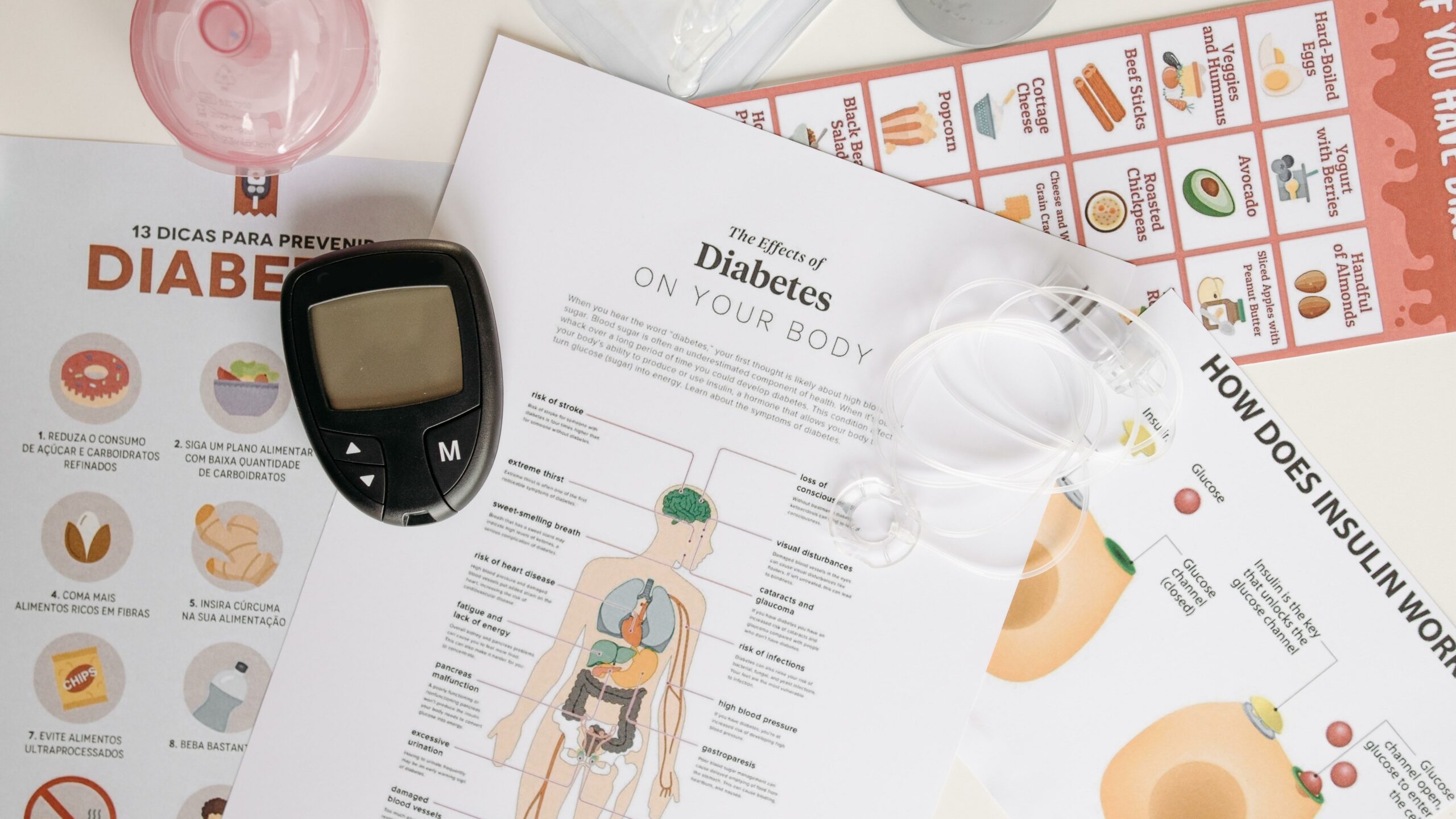More than 130 million adults are living with diabetes or prediabetes in the US as of January 2022. The latent danger this metabolic condition represents for so many people around the world is unprecedented, and people expect enhanced and innovative treatment methods.
New technologies are being developed to build diabetes devices that improve patients’ lives. For instance, continuous glucose monitoring, mobile apps that count food volume and carbohydrate levels, and insulin pumps. Easing pain and improving dosing precision are just some goals of future diabetes devices. Innovation in the area continues, and many more patients can soon access the newly available technology.
Some aspects of this process can be aided by technology like the following:
Diabetes Devices
People with diabetes today witness technology for the first time that allows healthcare companies to operate their medical equipment via mobile apps, including remote insulin dosage. This feature has been hinted at for many years but has yet to be approved for use in diabetic devices by the Food and Drug Administration (FDA). Nevertheless, the advances continue, and the diabetes devices available in the market are:
All-in-one-Devices
MIT and Brigham and Women’s Hospital researchers are developing an app that recognizes and quantifies food composition, benefiting diabetics in carbohydrate counting.
The first gadget consists of a lancet, glucose test strips, and an insulin needle. Users would first take a photo of their meal with a smartphone app to assess the food amount and carbohydrate levels. They would then begin the automated process of taking blood, calculating glucose through the app, and providing the correct insulin dose.
The second device requires one needle poke, which includes the glucose sensor into the insulin needle and administers the necessary quantity of insulin. It has a waiting time of 5 to 10 seconds.
IoMT for Diabetes
The rise of the Internet of Medical Things (IoMT) in the industry allows continuous, remote, and real-time patient monitoring. IoMT technology connects patients and physicians via medical devices, providing remote access to gather, process, and send medical data via a secure network. Additionally, these technologies help reduce needless hospital stays and related health expenses by enabling wireless monitoring of health indicators.
The innovation in the healthcare and life sciences sector has reached treatments for diabetes, including software features such as dosage assistance, information, and reminders to aid users in making better health decisions based on their device readings.
The IoT in healthcare is one of the fastest-growing sectors, predicted to reach $176 billion by 2026. And the new goal for 2023 is to expand diabetes device use and include more people with type 2 diabetes in their treatments.
Adopting diabetic technology and new treatments will help what the World Health Organization considers to be an epidemic expected to affect 700 million people by 2045. With the aid of technology and innovative treatments, like the all-in-one device, doctors can reduce diabetes complications and other problems. Finding new routes to improve patients’ lives and technology implemented to facilitate processes has now become imperative. By doing so, a greater number of individuals may be helped, and the application of IoMT in diabetic operations is ushered into a better new tech environment.
For more information about the IoMT and what it is, visit IoMT and Medical Device Cybersecurity.
About ITJ
ITJ is devoted to serving fast-growing and high-value market sectors, particularly the Internet of Medical Things (IoMT), working with innovative medical device companies looking to improve people’s lives. With a unique BOT (build, operate, and transfer) model that sources only the best digital talent available, ITJ enables companies in the US to create technology centers of excellence in Mexico. For more information, visit www.itj.com.


